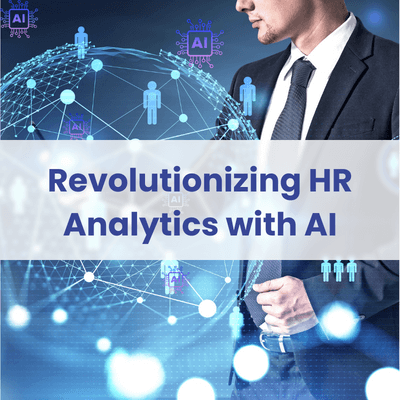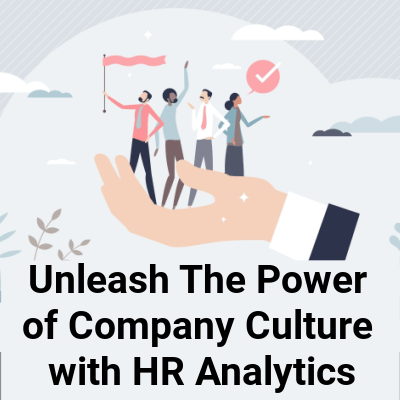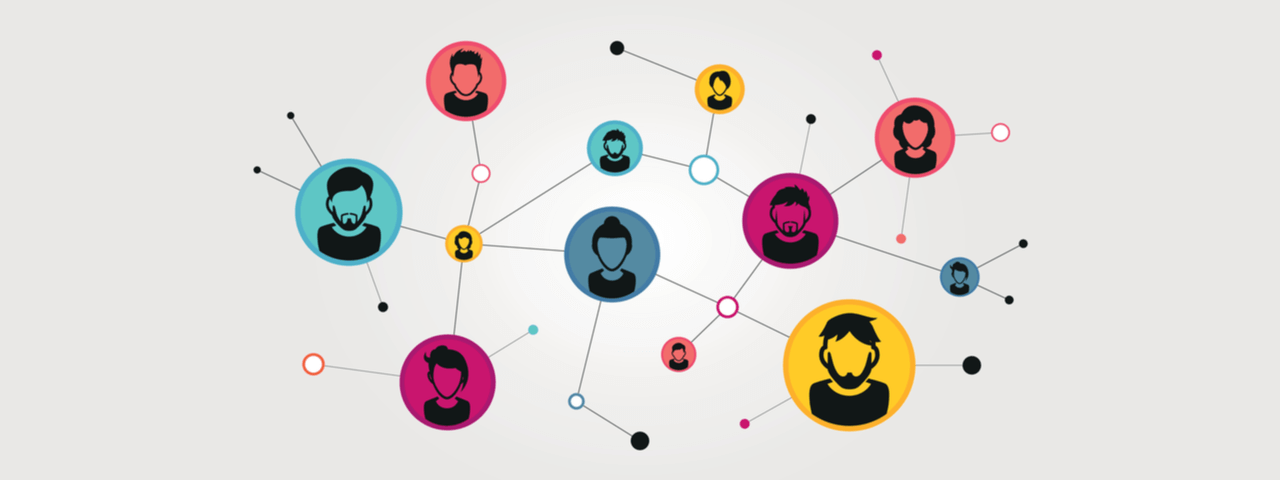Like many people around the world, I’ve spent my evenings over the last two weeks watching with awe as athletes like Michael Phelps, Usain Bolt, and Katie Ledecky dominate their peers in their respective Olympics events (albeit on tape delay). As a retired collegiate athlete, I have an incredible respect not only for their natural abilities but also for how these people train. Using the latest advances in science, body movement and composition analysis and coaching, these athletes are trained by world class coaches to maximize every ounce of ability. Now, I could do the same exercises as them until the cows come home, but I sure won’t be running as fast as Justin Gatlin. However, there will likely be thousands of young athletes who will be emulating the regiments of Bolt & co. to try to make themselves the best athletes they can be.
In the business world, corporations have followed a similar tactic to study their top performing sales representatives or engineers. Organizations are always looking for ways to isolate the qualities of their top performers and incorporate these qualities into standardized workshops, trainings, and conferences. In the past, high performance was confirmed through allowing people to lead new employees’ training sessions or tell inspirational success stories at annual business conferences. Today, email analytics are poised to bring about that same kind of paradigm shift in training as the new training sciences have for athletes. Risks often embedded in innovation can be reduced by analyzing company trends and predicting performance success, which in turn can lead to revamping the entire onboarding and training regime of new hires and employees. No longer do companies need to rely on the personal success stories of top performers to qualify success—they can now analyze the correspondences between the top performer and his clients to help write the company’s own playbook for success.
With analytics, companies can now answer questions such as, “At what point in the deal cycle do these top performers reach out to the decision maker?” “What factors help set an employee up for success?” and “How many different contacts does a top performer have within a target organization in a successful deal?” Access to this information is possible by analyzing emails, and in my opinion, it will soon be one of the top use cases for analytics.



